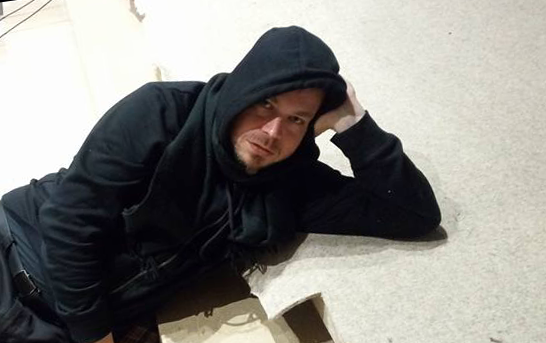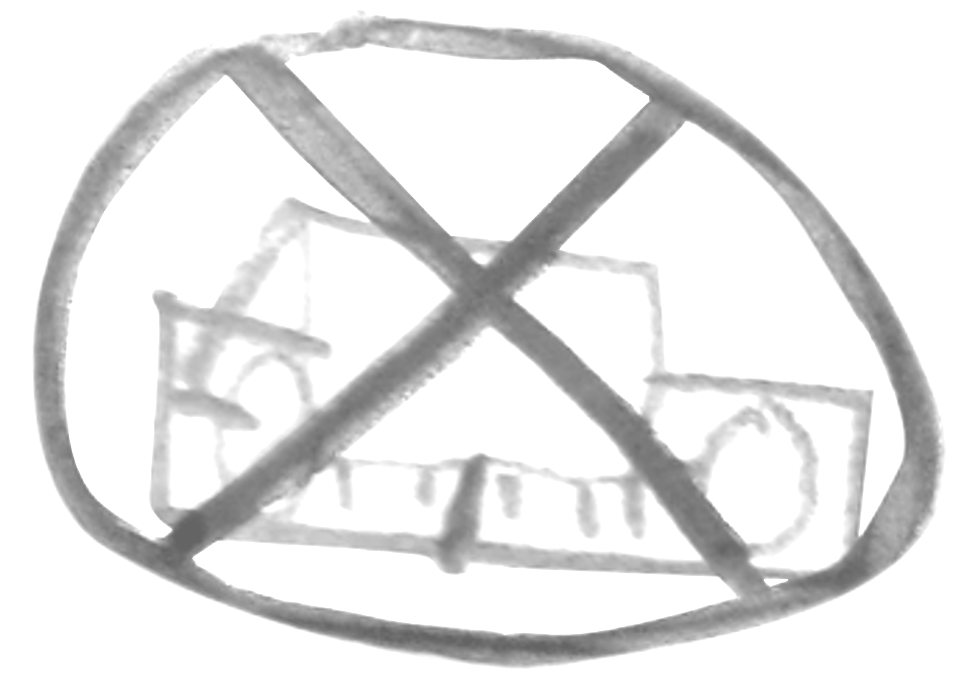FLOATING SOUND GALLERY
Vienna
Oleg Makarov
Composer, Sound-Artist, Media-Artist, Instrument Designer
Oleg Makarov — composer, sound-artist, media-artist, instrument designer (hardware / firmware systems). He composes music across the spectrum from instrumental and vocal to electrocoustiс, since 2006 he scores for radio plays. Since 2004 he has had his music, multimedia installation and performances, multichannel and algorithmic sound-installations presented in many local and international art-festivals.
He regularly performs his fixed and improvised electro-acoustic music at leading experimental platforms. He conducts experiments between various forms of art and radioelectronics, computer programming, etc., researching visual programming environments for interactivity algorithms as applied to sound, movement and video.
As a sound- and media-artist, he works in theatre, he is also very active as a teacher.
Infinitely Interesting Piece,
algorithmic spatial sound installation, 2015
One of the possible criteria for the subjective assessment of sound and musical material is the unpredictability in the promptness with logical change and development. This work refers to algorithmic composition – for each moment there are several options for development, the choice of which is carried out within the prescribed limits partly random, partly based on analysis of timbre and structural changes that have taken place earlier. The piece fancifully combines different materials and techniques – noises and musical instruments sampled in various ways, synthetic sounds, self-created algorithms of synthesis and interaction between synthesized and sampled sound, timbral, rhythmic and structural transformations.
Drawn sound performances
“Drawn Sound” is both an audiovisual performance and an open composition.
It examines new values of one century old – and then-groundbreaking – technology of drawn, also known as graphical, sound. The latter, emerged nonlocally through heuristic inventions of artists and technicians acquired with film technology, in most of the times pursued a goal of creating impossible sounds, sounds that don’t belong to any of the existing categories available through live performance or sound recording. This brilliant though highly resource-intensive task later nearly died death with the rapid evolution of synthesisers that delivered the promise of sound variety with less blood and sweat.
Patrick K.-H. and Oleg Makarov recreate this old-school yet ever-green approach – converting sound to image (that is graphical spectrum of sound), and back, image (sound spectrum) to sound – by nowdays’ means: Max/MSP/Jitter, cameras / lenses, video projection, spatialized sound. In their “Drawn Sound”, sonorities, sequences, phrases come to life through placement of a paint brush, which act somewhat like filters, extracting sounds from the solid colour of underlying white noise. The classical idea of drawn sound techniques happens to reveal much about possible contemporary approaches to music composition and its relation to unconventional instruments and performance.
Room Sketch: Sonic Relay Frameworks, 2013
The most important thing in art is The Frame. For painting: literally; for other arts: figuratively - because, without this humble appliance, you can't know where The Art stops and The Real World begins. You have to put a 'box' around it because otherwise, what is that shit on the wall? If John Cage, for instance, says, "I'm putting a contact microphone on my throat, and I'm going to drink carrot juice, and that's my composition," then his gurgling qualifies as his composition because he put a frame around it and said so. "Take it or leave it, I now will this to be music." After that it's a matter of taste. Without the frame-as-announced, it's a guy swallowing carrot juice.
Frank Zappa: The Real Frank Zappa Book. Chapter 8. The Frame.
